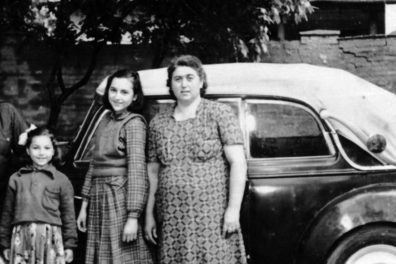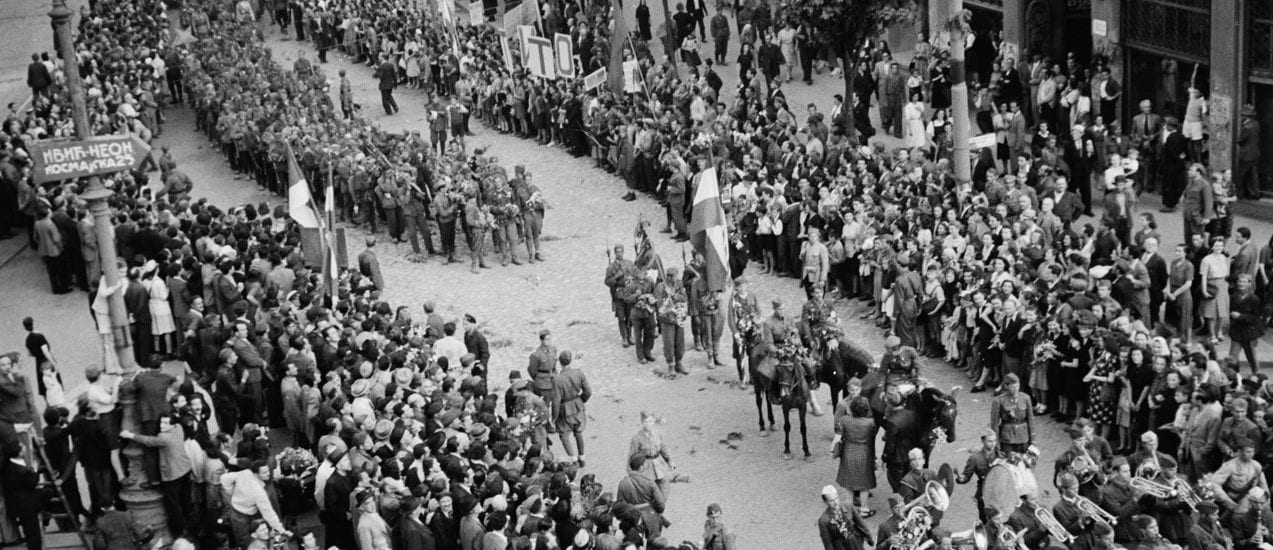
Second World War 75 Years Later
Even seventy-five years after the end of the Second World War, this conflict, which in many ways marked the history of the 20th century, is still the standard on the basis of which we reflect upon and evaluate the modern moment. The dissonant tones in the interpretation of this event make it relevant, not only in the context of perceiving specific historical processes, but also of the current socio-political circumstances.
The idea of the program that the Museum of Yugoslavia initiates on this occasion is to reconsider the basic (problematic) issues related to this topic, but also the position of anti-fascist heritage in society’s memory and official narrative.
The backbone of the program is the exhibition of documentary photographs, the works of TANJUG photo-journalists in the period from October 1944 till the end of 1945, which show what Yugoslavia looked like in the months immediately before and immediately after the liberation. This material of priceless historical value, which was only recently registered as a whole within the extensive photographic material that the Museum inherits, and then processed in detail and digitized, will be shown to the public for the first time on this occasion. Through a selection of photos, visitors will be able to see dramatic scenes of the final battles for the liberation of the country, the most important moments of political revolution, extensive interventions to rebuild the country and normalize life, ubiquitous scars and consequences of the war, and the beginning of institutionalized work on creating a new socialist man.
The program deals with several key concepts related to the end of the Second World War, such as victory, anti-fascism, revolutionarism, while also considering the transformations generated by the new political and ideological framework. In addition to the aforementioned exhibition of photographs from the Museum’s collection, dealing with the moment of the end of the war in the historical present (the interpretation is turned to a specific historical moment and considers it within that framework, without subsequent interpretations), the program itself includes memories of the end of the war, as well as the institutionalization and musealization of this matter, but also the re-articulation of these concepts and topics today.
Re-examination of the legacy of the Second World War on the basis of materials from the fund will be done within the current exhibition Museum Laboratory, which through the prism of multiple interpretations examines the legacy collections of the Museum of the Revolution of Yugoslav Nations and Ethnic Minorities and the Josip Broz Tito Memorial Center. For this occasion, with the intervention of the curators, exhibits relevant in the context of the end of the Second World War will be marked.
The program articulation will take place not only through the exhibition, but also through the speech-educational program, which will include public talks where different positions will be confronted, as well as through thematic guides, and it will include private narratives on the end of the war in the form of audio and video materials.
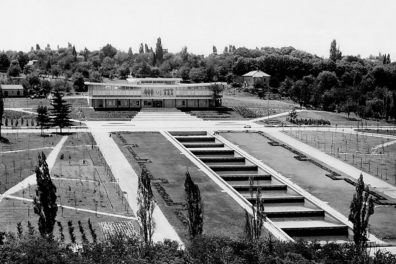
The Origins: The Background for Understanding the Museum of Yugoslavia
Creation of a European type of museum was affected by a number of practices and concepts of collecting, storing and usage of items.
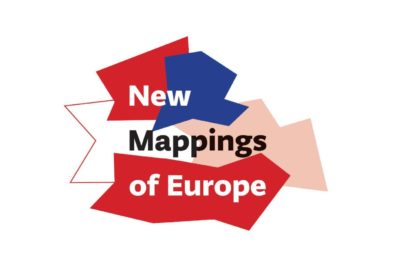
New Mappings of Europe
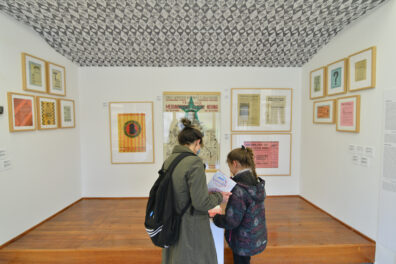
Museum Laboratory
Starting from the Museum collection as the main source for researching social phenomena and historical moments important for understanding the experience of life in Yugoslavia, the exhibition examines the Yugoslav heritage and the institution of the Museum
